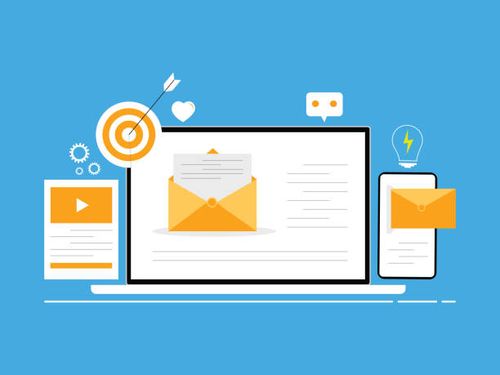In the intricate world of email marketing, the when often speaks louder than the what. The timing of your email campaigns is a pivotal element that can make or break their effectiveness. In this deep dive, we explore the nuances of crafting the perfect schedule for your email campaigns, ensuring your messages are not just sent, but also seen, read, and acted upon.
1. Syncing with Your Audience’s Lifestyle
The first step in timing your emails is to align with the rhythm of your audience’s daily life. Different demographics have varied email-checking habits – some may browse their inbox first thing in the morning, others during lunch breaks, and some late in the evening. Utilizing audience analytics to understand these patterns is key to scheduling your emails when they are most likely to be engaged with.
2. Time Zone Tactfulness for a Global Audience
In a world that’s connected yet divided by time zones, sending an email at the right time can be challenging. It’s crucial to consider the geographical distribution of your audience. Segmenting your email list by time zone and scheduling sends accordingly can greatly increase the chances of your emails being opened and read.
3. Selecting the Optimal Day
The day of the week you choose to send your emails can significantly impact their open and click-through rates. Research suggests that mid-week days, like Tuesdays and Wednesdays, often yield better results. However, the best day can vary based on your audience’s profile and the nature of your content. Experiment with different days and track the performance to identify what works best for your campaigns.
4. Seasonal Sensitivity: Timing in the Context of the Calendar
Timing your email campaigns according to seasons, holidays, and relevant events can enhance their relevance and effectiveness. For example, retail businesses might benefit from scheduling emails around major shopping seasons, while B2B companies might align with industry-specific events. Remember, the key is to stay relevant and respectful of your audience’s cultural and seasonal dynamics.
5. Frequency: Finding the Golden Mean
The frequency of your emails is a delicate balance between staying top-of-mind and avoiding inbox fatigue. Bombarding your audience with too many emails can lead to unsubscriptions, while sparse communication might weaken your presence. Analyze your engagement metrics to determine an ideal frequency that keeps your audience interested and engaged.
6. The Power of Automation in Scheduling
Automation tools are a boon for precisely timing your email campaigns. They enable you to schedule emails for optimum times and maintain consistency in your communication. Moreover, automation can facilitate sending triggered emails based on user behavior, adding a layer of personalization and timeliness.
7. The Art of Continuous Testing and Learning
Email marketing is not static, and neither should be your timing strategy. Continuously test different times and days, learn from the outcomes, and adapt your strategy. This ongoing process ensures that your email campaigns remain effective and resonate with your ever-evolving audience.
Conclusion
Crafting the perfect schedule for your email campaigns is an art that combines understanding your audience, respecting time zones, picking the right days, being seasonally aware, maintaining an optimal frequency, using automation, and constantly evolving through testing. Mastering these elements can significantly elevate the impact of your email outreach, leading to higher engagement, better conversions, and a stronger connection with your audience.
In the realm of email marketing, remember, it’s not just about reaching the inbox; it’s about reaching it at the right time.



